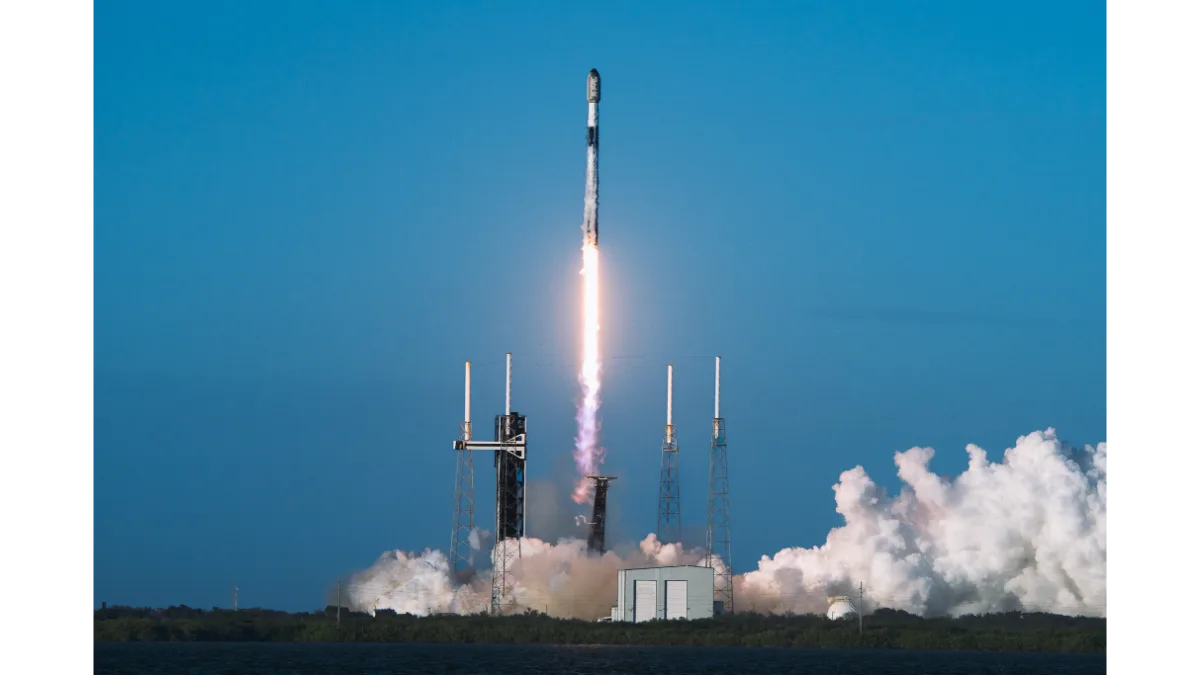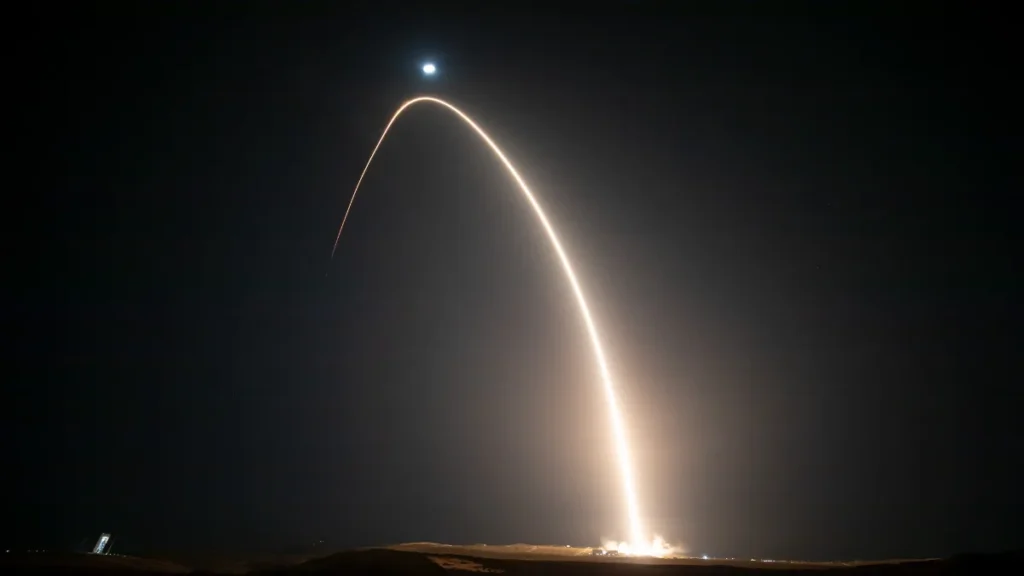
SpaceX’s Falcon 9 rocket successfully launched 20 Starlink satellites into orbit from Vandenberg Space Force Base in California. The launch took place at 9:23 p.m. local time on November 13, 2024, and was streamed live on SpaceX’s social media platform X.
“Falcon 9 delivers 20 Starlink satellites to orbit from California,” SpaceX tweeted shortly after the successful deployment. The mission included 13 satellites equipped with direct-to-cell capabilities, enhancing the global satellite broadband services provided by Starlink.
The Falcon 9’s first stage booster, making its eighth flight, landed safely on the droneship “Of Course I Still Love You” stationed in the Pacific Ocean. “This marks the 108th successful landing on OCISLY and the 367th booster landing to date,” SpaceX noted in their mission update.
Liftoff! pic.twitter.com/Ic1yRPp9Qp
— SpaceX (@SpaceX) November 14, 2024
SpaceX’s senior director of satellite engineering, Ben Longmier, emphasized the importance of this launch: “With this mission, we are closer to completing our initial Direct to Cell constellation within the larger Starlink network. Only three more launches are needed to round out this phase.”
The successful deployment of these satellites underscores SpaceX’s commitment to expanding its Starlink constellation, which now boasts over 6,500 active satellites.
This launch is part of SpaceX’s ambitious plan to provide global high-speed internet coverage, particularly in remote and underserved areas.
Starlink’s low-Earth orbit (LEO) satellites offer lower latency compared to traditional geostationary satellites. This results in faster response times, which is beneficial for activities like online gaming and video conferencing.
Starlink provides internet access in remote and rural areas where traditional broadband services like cable or fiber are unavailable1. This makes it a viable option for users in underserved regions.


